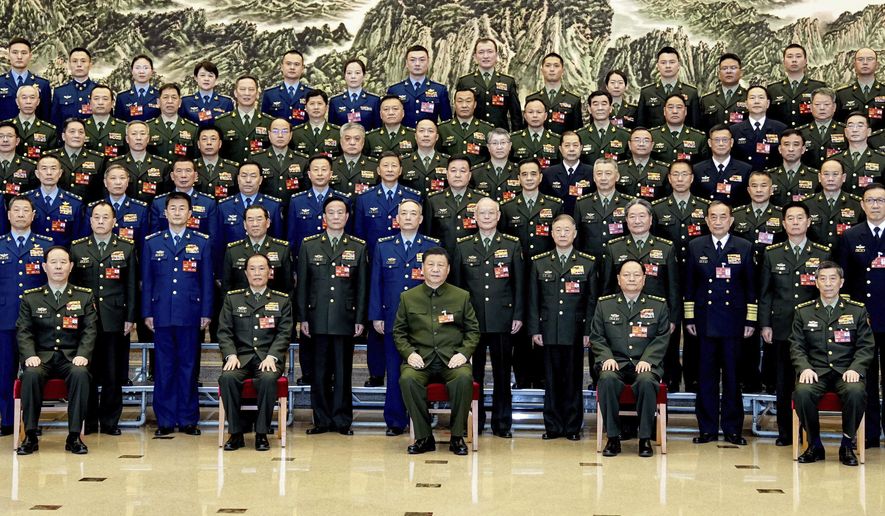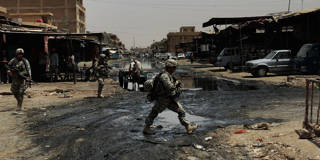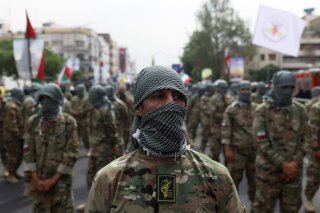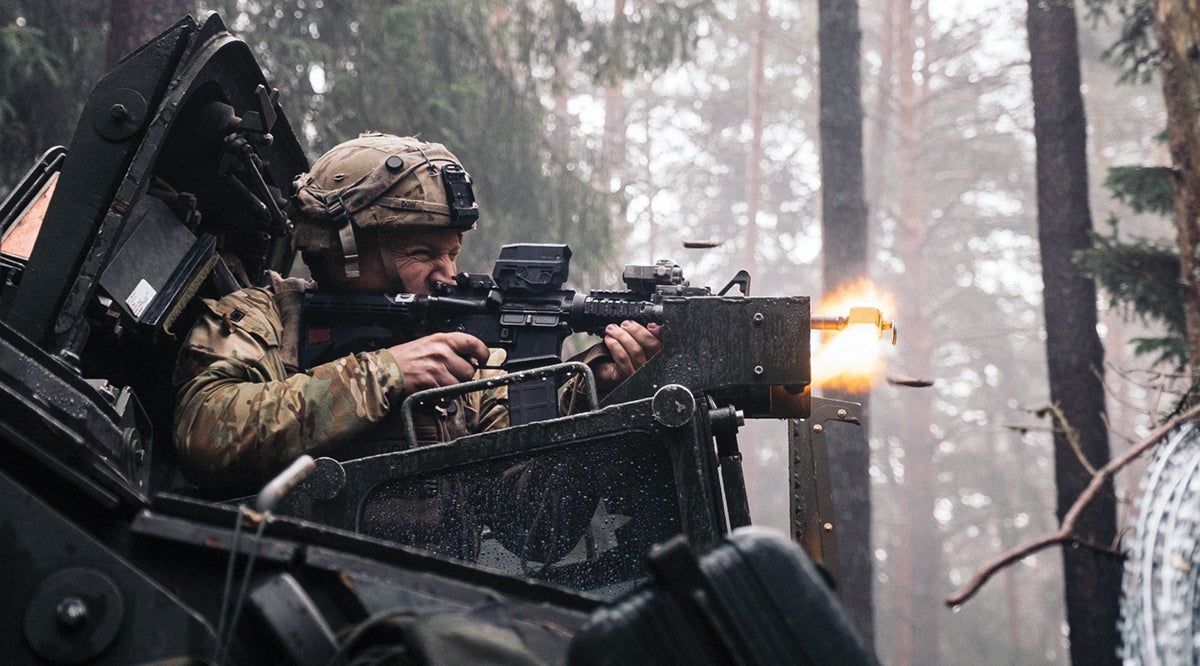Monika Chaudhary

In February 2023, India’s government announced that the Geological Survey of India found around 5.9 million tonnes of lithium reserves in the Salal-Haimana region of Jammu and Kashmir. Lithium is sometimes termed ‘white gold’ for its strategic importance as an essential metal in electrification. But India faces several challenges capitalising on its lithium deposits.
The discovery of lithium in Jammu and Kashmir expands India’s known lithium reserves. Lithium deposits have previously been found in Karnataka, Kerala and Rajasthan. Australia is the largest producer of lithium in the world with 50 per cent of global supplies, while Chile, Argentina and China account for 23 per cent, 14 per cent and 12 per cent of production respectively.
Lithium is used in portable electronics, electric vehicles, energy storage systems, medical devices and satellites. Lithium batteries can enable a shift to clean and renewable energy sources that would result in significant reductions of countries’ carbon footprints.
India could strategically benefit from its own lithium production in several ways. India could move towards energy independence, by reducing its need to import lithium and eliminating the associated risks of supply chain disruption. Domestic lithium extraction could enable India to develop advanced technologies of the future like electric vehicles and renewable energy storage systems.




:quality(100)/cloudfront-us-east-1.images.arcpublishing.com/thesummit/EOGRBYNFIZE73MCMZ7JBVOJFV4.jpg)


:quality(100)/cloudfront-us-east-1.images.arcpublishing.com/thesummit/SLDV6XWCVFHGZDCROKXJ64SVDY.jpg)






